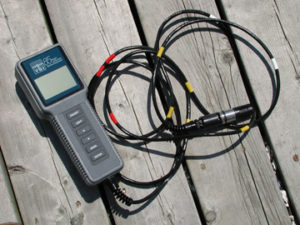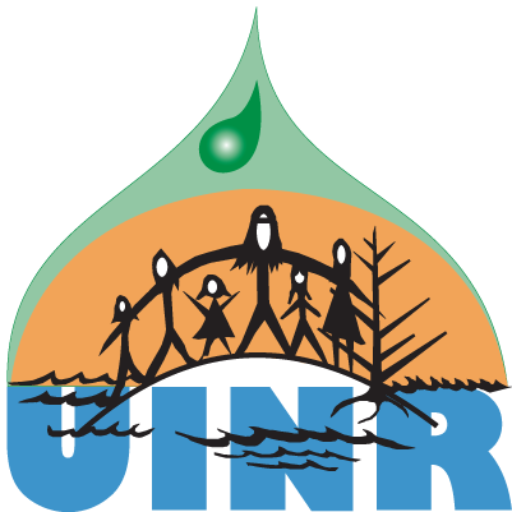Global warming and its impact on the Bras d’Or Lakes is the issue that led to a project that will see UINR’s Natural Resource Officers documenting salinity, temperature, and oxygen in the Lakes.
 The Hydrographic Monitoring Program is targeted at areas in the Lakes that are inhabited by oysters, but the project gives us useful information to help evaluate impacts on other species. The information adds to our growing body of historical data documenting changing marine environments in the Bras d’Or Lakes. It helps in our research on invasive species and species at risk in the watershed.
The Hydrographic Monitoring Program is targeted at areas in the Lakes that are inhabited by oysters, but the project gives us useful information to help evaluate impacts on other species. The information adds to our growing body of historical data documenting changing marine environments in the Bras d’Or Lakes. It helps in our research on invasive species and species at risk in the watershed.
UINR is responsible for both the program’s supervision and collection of the data. The weekly sampling and measurements will be carried out by the Unama’ki Natural Resource Officers, under each community’s Aboriginal Fisheries Strategy Agreement. Data is housed at UINR and shared with all participating communities and the Bedford Institute of Oceanography through the current SIMBOL (Science for the Integrated Management of the Bras d’Or Lakes) initiative.
Please help us to identify sources of oysters in your community for MSX sampling. These sampling periods are during the late spring and mid-fall.
Multiple sampling stations will be monitored in all five Unama’ki Mi’kmaq communities:
Potlotek (11 Stations)
Eskasoni (13 Stations)
Membertou (6 Stations)
Wagmatcook (14 Stations)
Waycobah (13 Stations)
